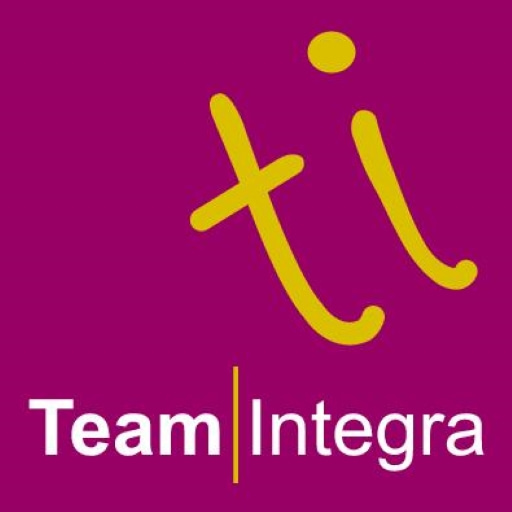
Sector: Building and Hardware
Background
After a few years of stagnation the building and DIY markets began to grow again. It was important to the client that they were able to maximise this growth opportunity in an efficient way with minimal capital investment. Needless to say, in a commodity market, along with cost responsiveness and Customer Service Levels would be key. They were looking to grow in a synchronised and modular way ensuring a viable mix of inventory was always available through the supply chain.
Aims
- To dramatically improve flow by linking together injection moulding with assembly and packing.
- To build a self-managing rainwater team that is responsive to customer values and demands.
- To reduce waste, synchronise work and optimise labour resources.
- To match injection moulding and labour allocation for an optimum balance.
- Development of a synchronised, responsive, Rainwater business unit.
- Emergence of a self-managing team and structure.
How?
By training the team in Lean Essentials and Value Stream Mapping.

By analysing and understanding the Value Stream dynamics, seasonality and marketplace.
By understanding the “current state” using Value Stream Mapping and analysis.
By identifying waste and areas for improvement.
By developing a tailored Value Stream model to overlay machine and labour resources.
By defining a waste-free “future state” process and way of working.
By developing a layout and work balance that optimises resources.
By developing a planning and scheduling system that optimises batch size and responsiveness.
Benefits
Before
Transport distance: 7973m
Leadtime: 93days
After
Transport distance: 173m, 98% reduction
Leadtime: 52days, 44% reduction
Staff: 4 Staff redeployed


